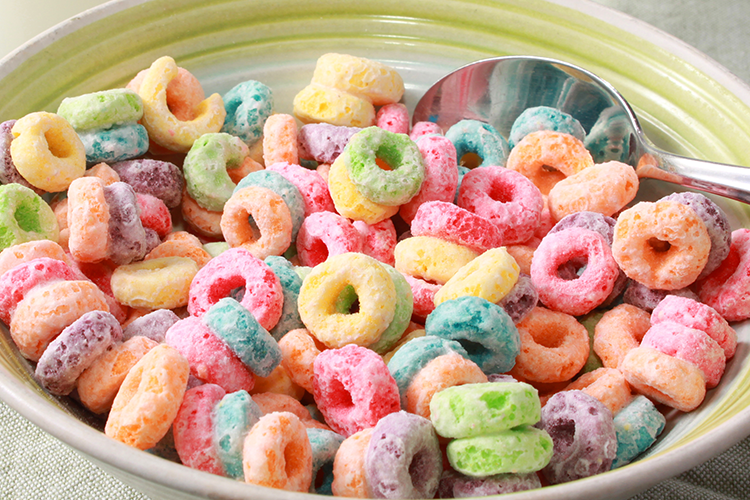Blog
Foods for children not as healthy as they seem
 Take a look at a packaged food for your littlies in your conventional supermarket aisle. Are you not drawn to the ‘natural’ or ‘organic’ wording slapped on the exterior, or claims that this will help your child learn or grow up big and strong?
Take a look at a packaged food for your littlies in your conventional supermarket aisle. Are you not drawn to the ‘natural’ or ‘organic’ wording slapped on the exterior, or claims that this will help your child learn or grow up big and strong?
I would be.
Better yet, many packaged foods marketed for children have logos stamped to prove their health quality. But here comes the issue.
A study published in Nutrition and Dietetics3 in late 2015 assessed 156 items of children’s food in Australian supermarkets for health quality. Importantly, these items were not clearly considered ‘discretionary’ foods. Just your general, everyday, eat-as-you-like kind of stuff.
The researchers compared health quality via two assessment methods:
- Foods Standards Australia New Zealand (FSANZ) nutrient profiling criterion. Our standard food regulation system for health claims.
- Alternative core food grouping method. This assessed for products containing sugar, salt or saturated fat within the first 3 items listed in the ingredients list. Pertinent in Australia, as we here list ingredients in order of weight value.
Results revealed that in both categories 62% and 67% of the items were considered ‘less healthy’ respectively. 51% had added sugar as a major ingredient. And breakfast cereals topped the list for having the highest proportion of ‘less healthy’ foods.
Here is where things get interesting.
Breakfast cereals were rated highly in by the FSANZ standards, due to fibre and protein content offsetting the sugar contained. Similarly, the sugar contained in yoghurts were offset due to the low saturated fat and adequate protein content.
However, when utilising the alternative assessment method for what is considered a healthy pre-packaged food, all cereals and ¼ of the yoghurts were not considered healthy due to sugar being one of the first 3 ingredients on the ingredients list.
Now, the inclusion of sugar, salt or saturated fat in the first three ingredient items may not necessarily provide excessive amounts of any of these three in a particular product. But we can all agree that consuming any of these three ingredients in excess is not good for health.
However considering results overall fared pretty much the same between the two assessment methods (at least in identifying over half of the products as discretionary food items), we can possibly use the top 3 ingredient ‘alternative’ assessment as general guide when purchasing pre-packaged foods.
Very clever marketing
The study offers an indication on how our foods can be considered healthy for our kids, based on clever marketing. And the marketing works. Over 35% of daily energy intake of 2 to 18 year olds is from discretionary foods (a.k.a. foods that should be limited to one serve per day, and contain high levels of sugar, salt or saturated fat).1
So, if kids are eating too many discretionary foods, along with some ‘non-discretionary’ food items assessed in the study considered to be ‘less healthy’, is it a surprise our children are gaining weight?
With 1 in 4 of Australian children considered overweight or obese2, we must consider the impact of increased consumption of nutrient poor yet energy dense foods. Not only for their weight, but because at this time, children are in desperate need for nourishing, nutrient rich foods to establish a strong, physiological foundation for the remainder of their lives.
Eat fresh, less processed food
Wherever possible, feed your young ones real food. They will thank you for it (at least in the long run).
The full study can be accessed here.
References:
- ABS 2014, Discretionary Foods, Australian Bureau of Statistics. Canberra, viewed 29 March 2016 <http://www.abs.gov.au/ausstats/abs@.nsf/Lookup/by%20Subject/4364.0.55.007~2011-12~Main%20Features~Discretionary%20foods~700>
- AIHW 2016, Overweight and obesity, Australian Institute for Health and Welfare, viewed 29 March 2016, http://www.aihw.gov.au/overweight-and-obesity/>
- Meloncelli, NJ, Pelly, FE, & Cooper, SL 2016, ‘Nutritional quality of a selection of children’s packaged food available in Australia’, Nutrition & Dietetics, vol. 73, no. 1, pp. 88-94 7p











